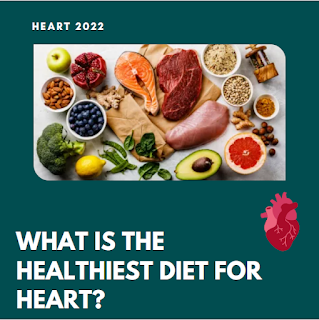Can Infants Have Heart Attacks?
The heart functions as a pump. It is separated into two sections, one on the right and one on the left, each with an upper and bottom part. The upper part, known as the atrium, gets blood from the body and pumps it into the bottom section, known as the ventricle, through a one-way valve. These valves keep blood from flowing backwards inside the heart. The right side of the heart takes oxygen-deficient blood from the body and pumps it to the lungs, where it is oxygenated.
Adults
get heart failure as a result of smoking, high blood pressure, diabetes,
coronary artery disease, and faulty heart valves. Other factors can cause it in
newborns, babies, toddlers, and teens. Because heart failure has a variety of
causes and effects, it's critical to understand how it's diagnosed, treated,
and potentially cured in children.
Overcirculation
failure: around
1% of all newborn newborns will have a structural heart problem. There are gaps
between the right and left chambers of the heart in some of these
abnormalities. The oxygen-poor and oxygen-rich bloods mingle inside the heart
as a result of these perforations. Outside the heart, an AV malformation
(defect in blood arteries in the brain or other regions of the body) can create
comparable mixing of oxygen-poor and oxygen-rich blood.
Pump failure: A child's heart, like an adult's,
can develop pump failure. A viral infection can cause this, which destroys
normally healthy cardiac muscle. Pump failure can also be caused by issues with
the coronary arteries, which impede enough blood flow to the heart muscle.
Coronary artery disease can develop as a result of infection or as a result of
birth.




Comments
Post a Comment